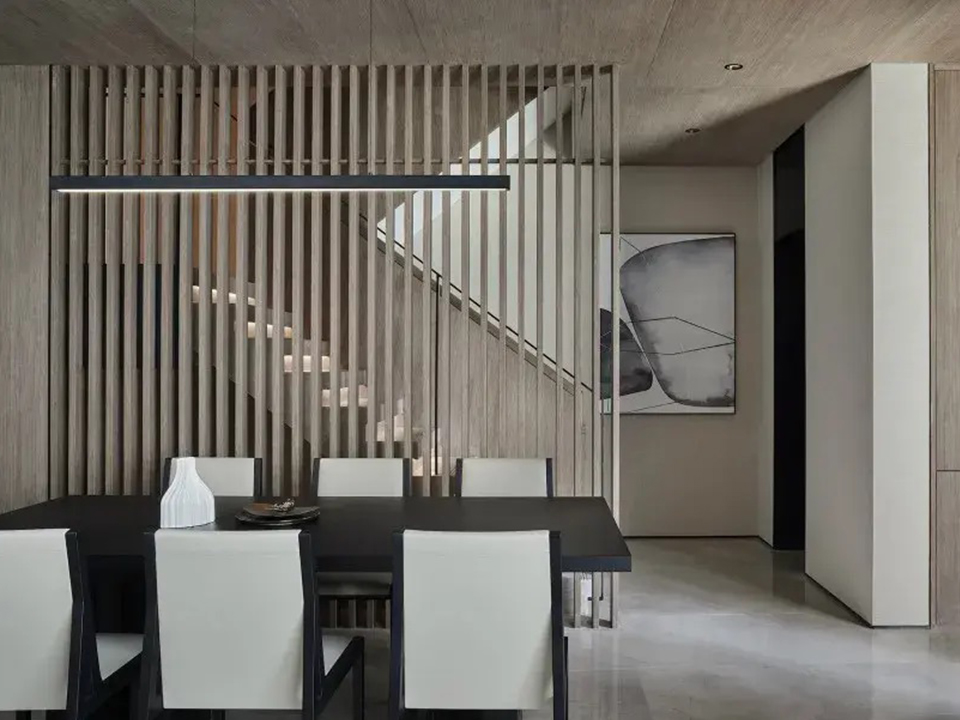1. Why Acoustic Panels Matter
Acoustic panels are designed to absorb sound energy and control reverberation, which is different from traditional soundproofing that blocks noise from outside. According to studies by the Acoustical Society of America, rooms with proper acoustic treatment can reduce echo by 30–50%, improving speech intelligibility and reducing stress levels.
2. Types of Acoustic Panels and Their Performance
| Material Type | Frequency Absorption Range | Best Use Case | Notes |
|---|---|---|---|
| Fabric-wrapped Panels | 500–4000 Hz | Offices, studios, classrooms | Easy to install, aesthetic options |
| Wooden Grooved Panels | 300–5000 Hz | Home theaters, studios | Diffuses sound, decorative |
| Perforated Wood Panels | 200–4000 Hz | Studios, multipurpose rooms | Balanced absorption and design |
| Polyester Fiber Panels | 250–5000 Hz | Home use, eco-friendly spaces | Lightweight, sustainable |
| MLV (Mass Loaded Vinyl) | N/A (blocks sound) | Walls, floors for soundproofing | Heavy, blocks external noise |
Tip: Combining absorption panels with MLV layers can simultaneously control internal echo and block external noise, creating the most controlled environment.
3. Placement Strategy – Maximize Efficiency
Correct placement is crucial:
First Reflection Points: Install panels where sound hits first (walls, ceilings near speakers).
Corners for Bass Traps: Control low-frequency buildup in corners.
Opposite Walls: Prevent flutter echo by placing panels on walls facing each other.
Ceilings: Especially for high ceilings or open office spaces.
Research shows that strategic placement can improve acoustic performance by 20–30% over random installation.
4. Combining Absorption and Soundproofing
While acoustic panels reduce internal echo, they do not block external noise. To achieve comprehensive noise control, combine acoustic panels with soundproofing materials like MLV or rubber underlayment. This dual approach ensures both internal sound clarity and external noise isolation.
5. Aesthetic Integration
Modern acoustic panels come in various colors, textures, and patterns, allowing them to blend seamlessly with interior design. This integration enables the creation of artistic acoustic walls that enhance both the room's aesthetics and acoustics.

_2916.png)